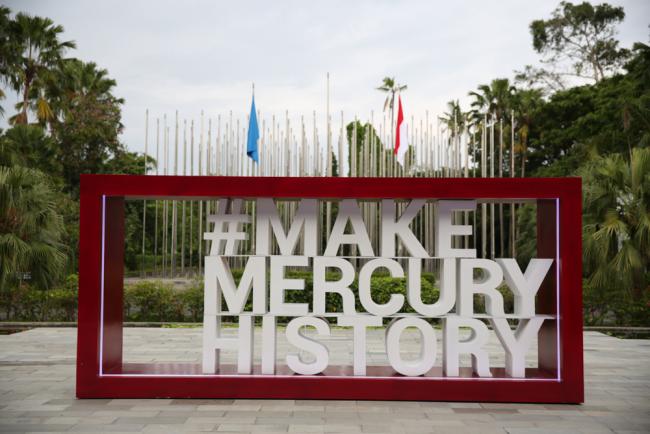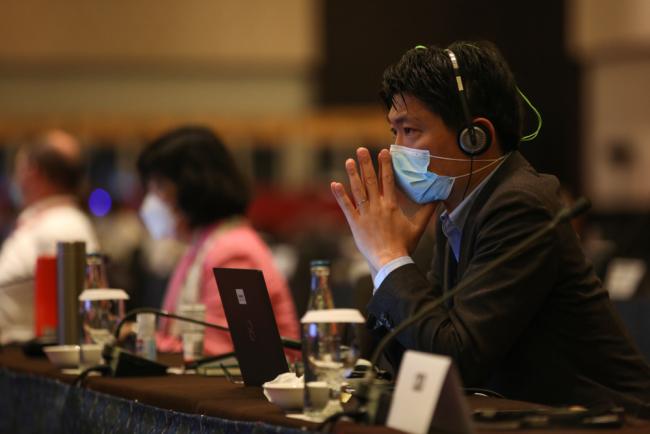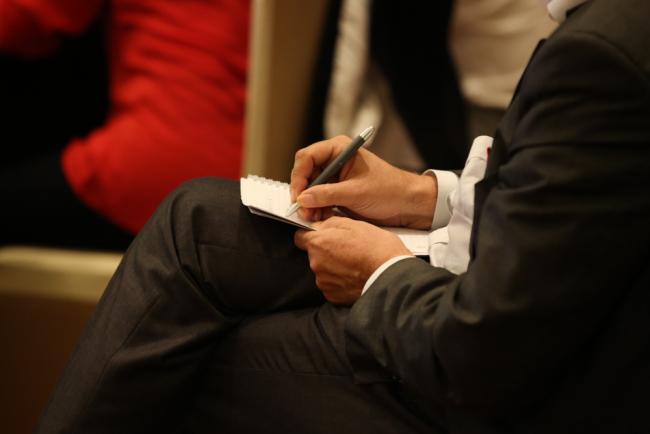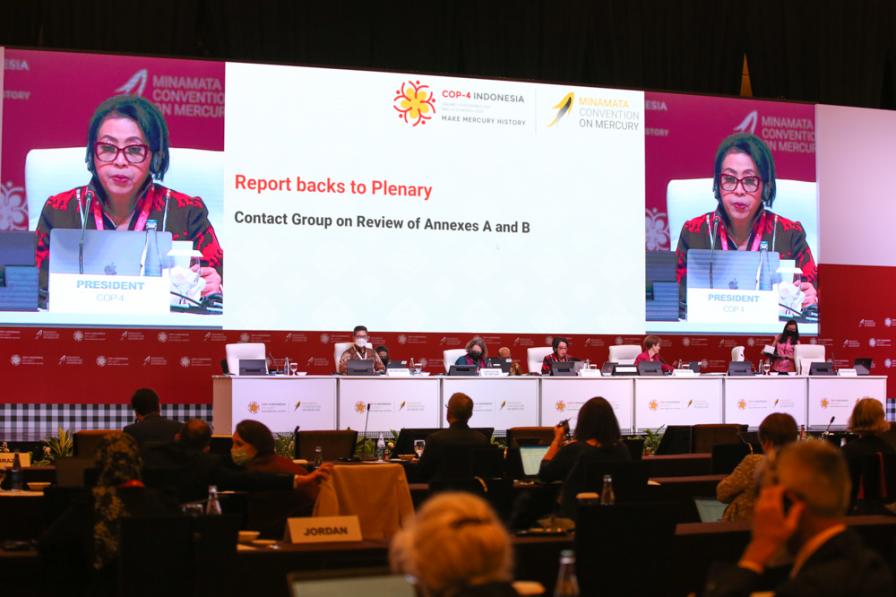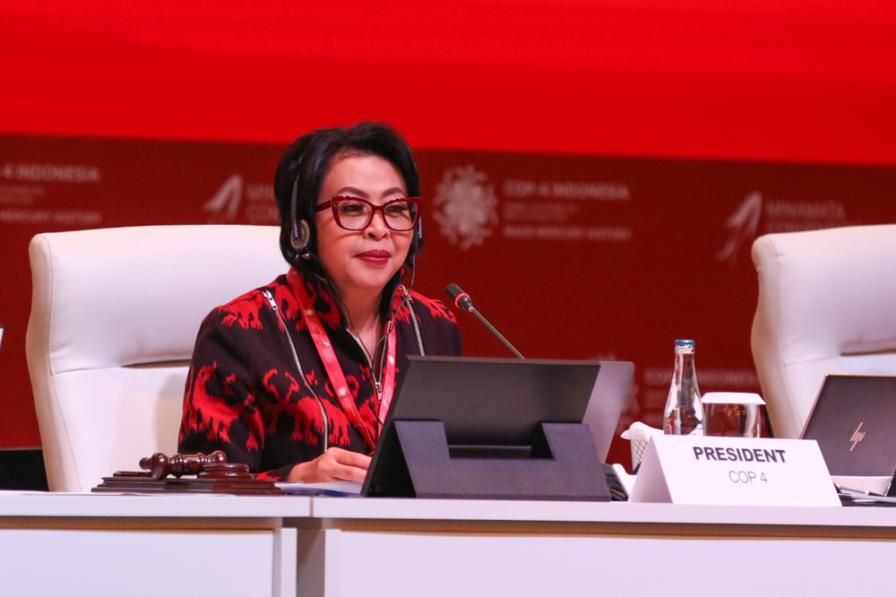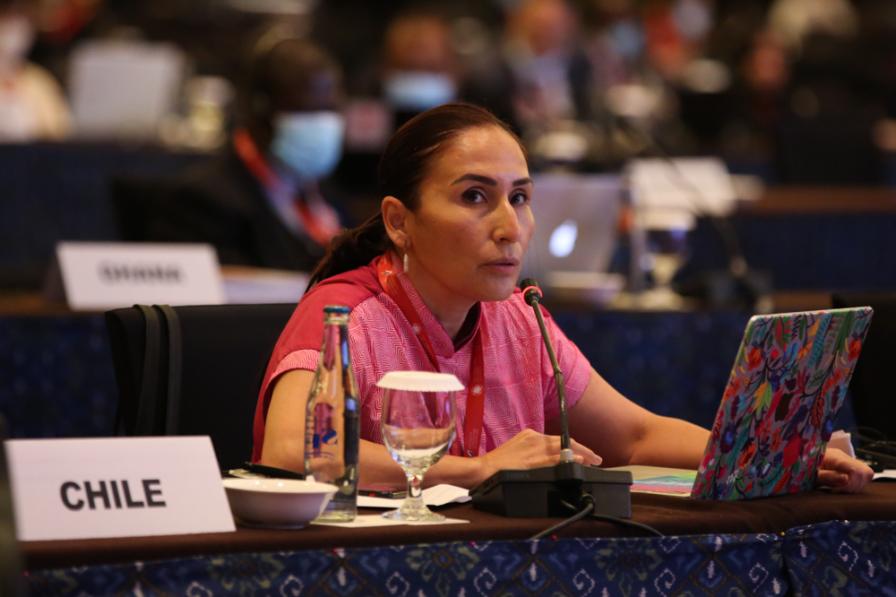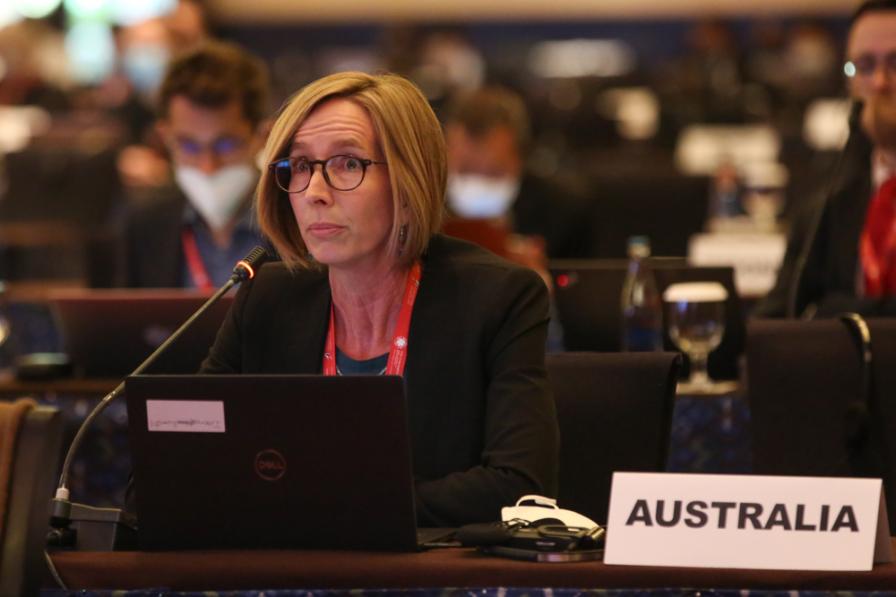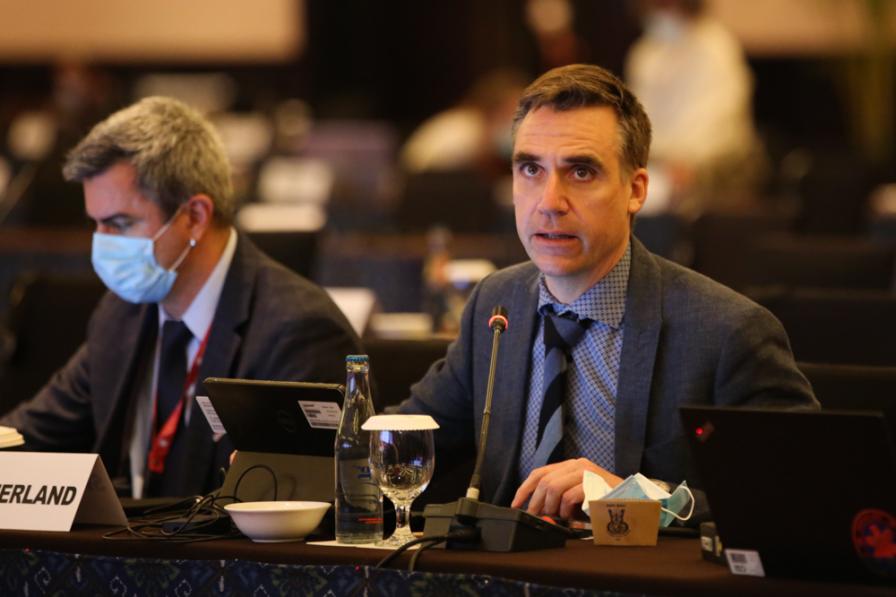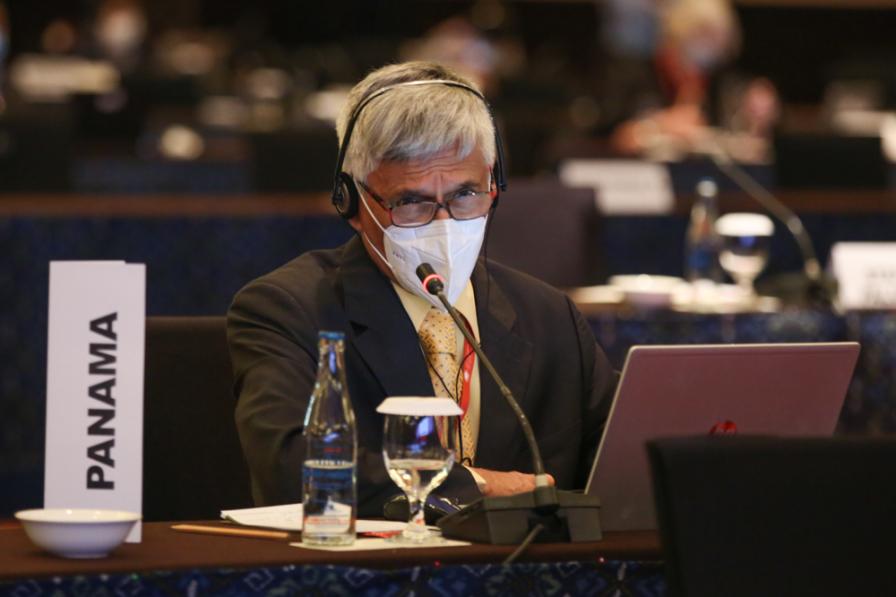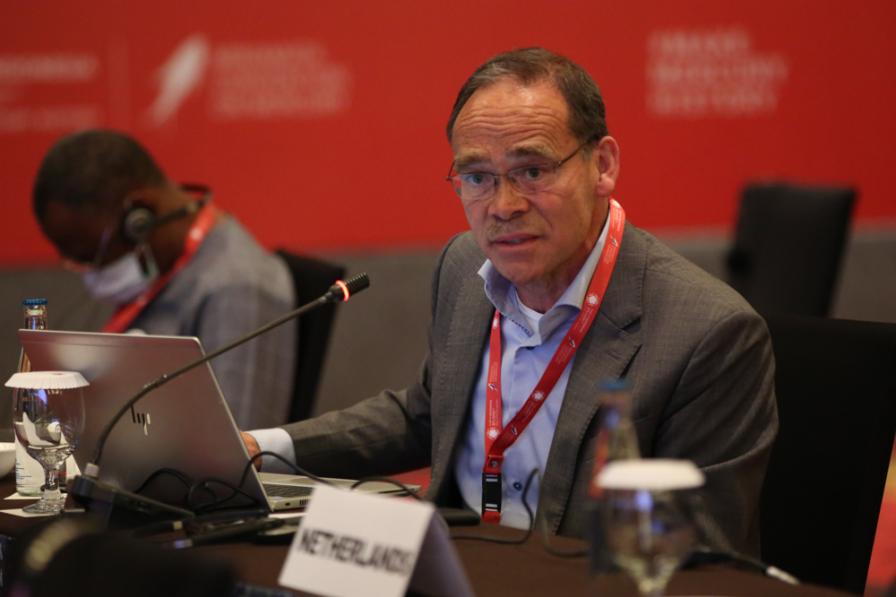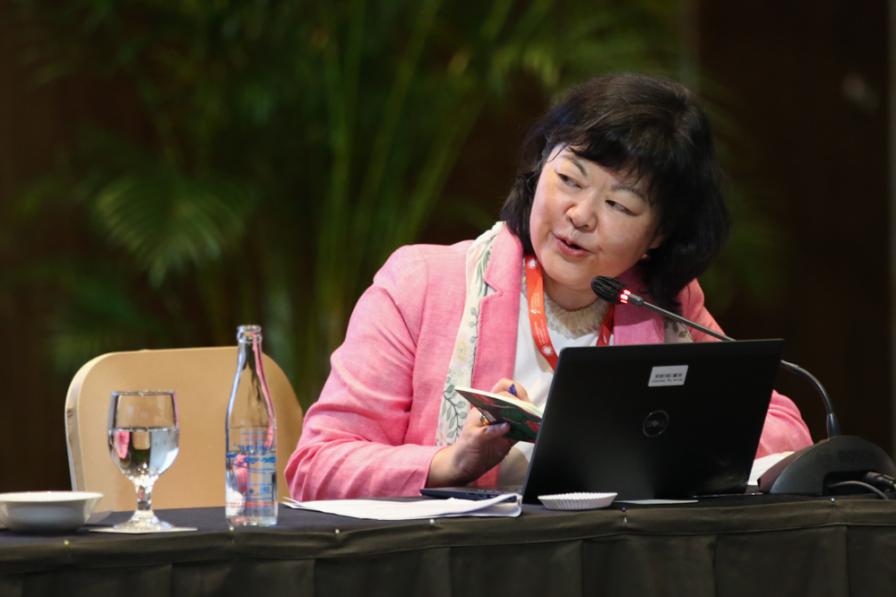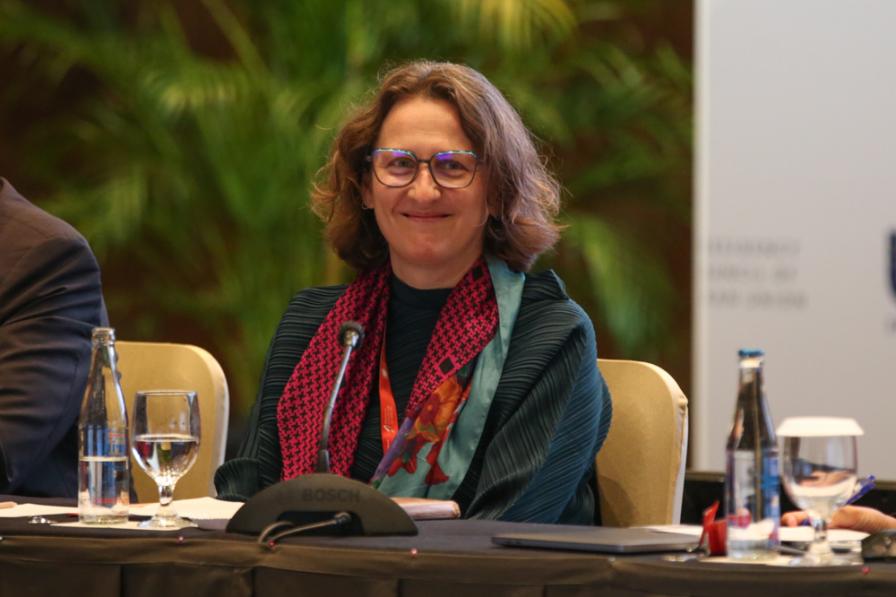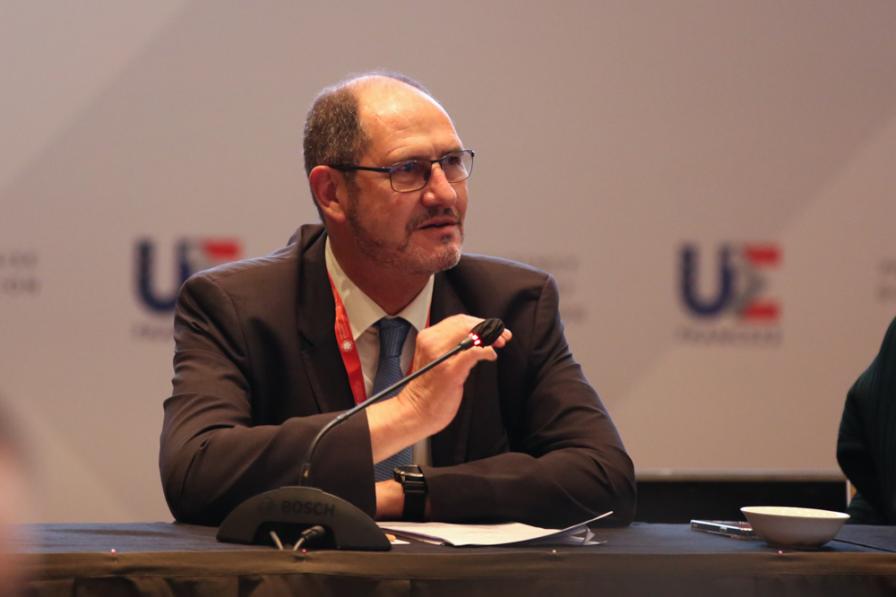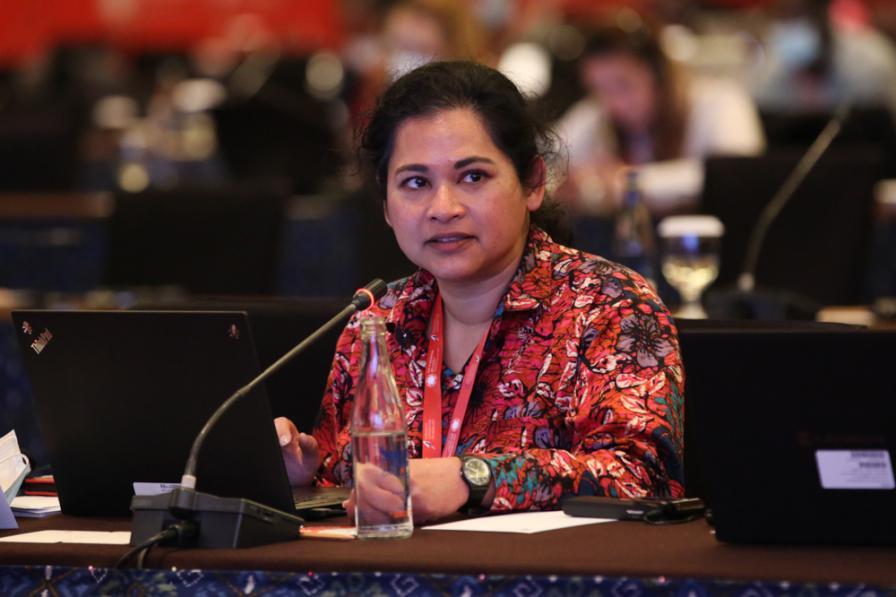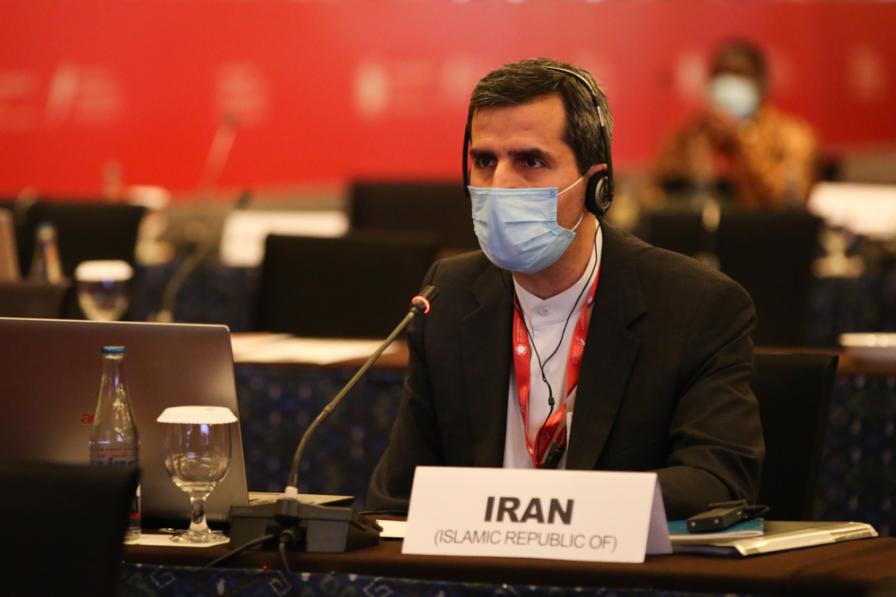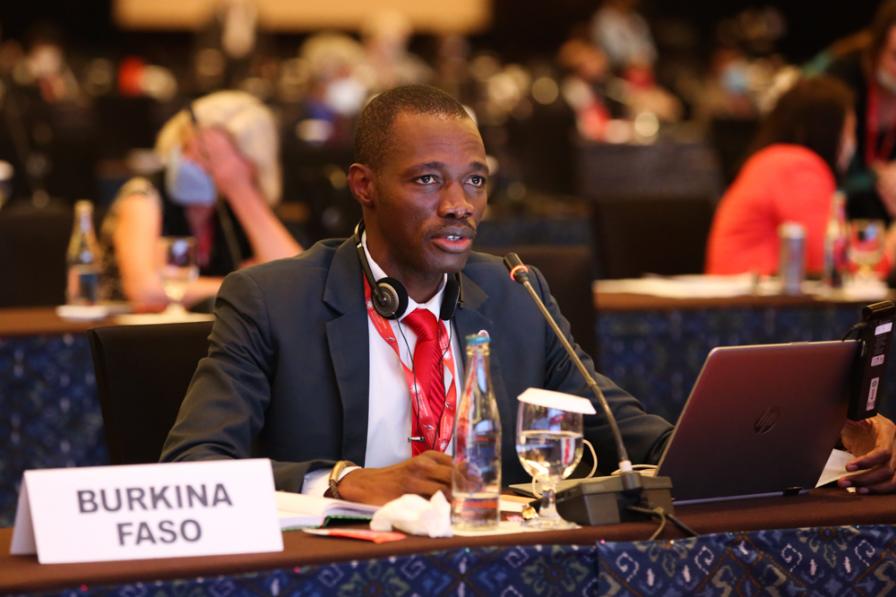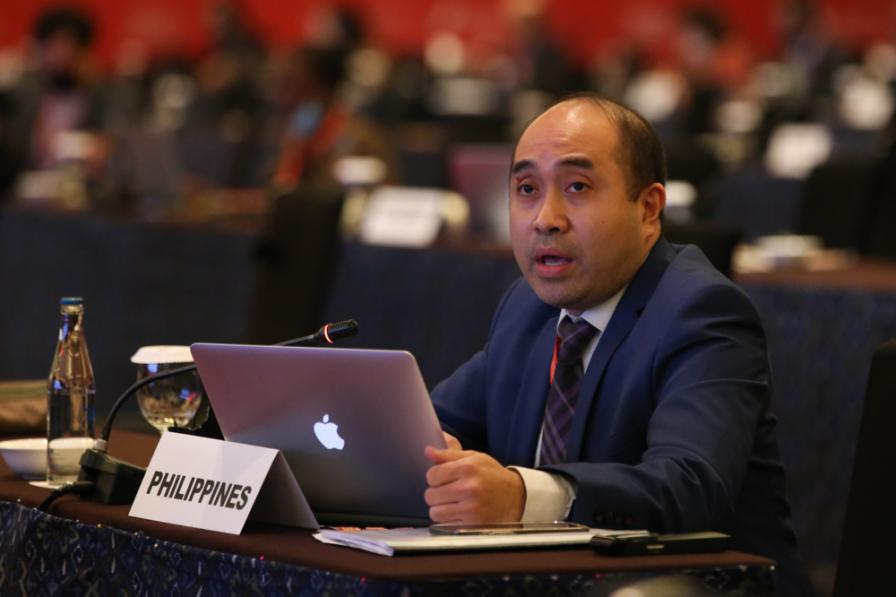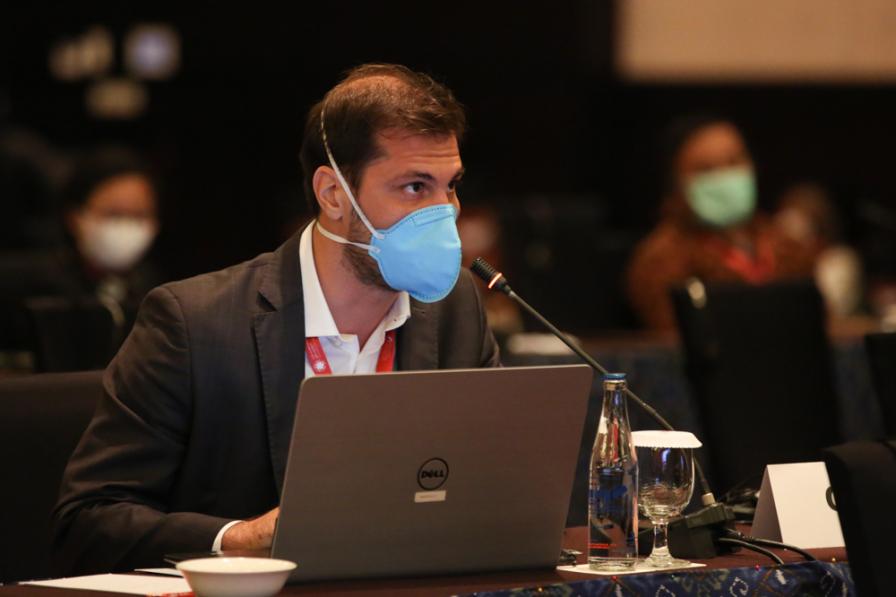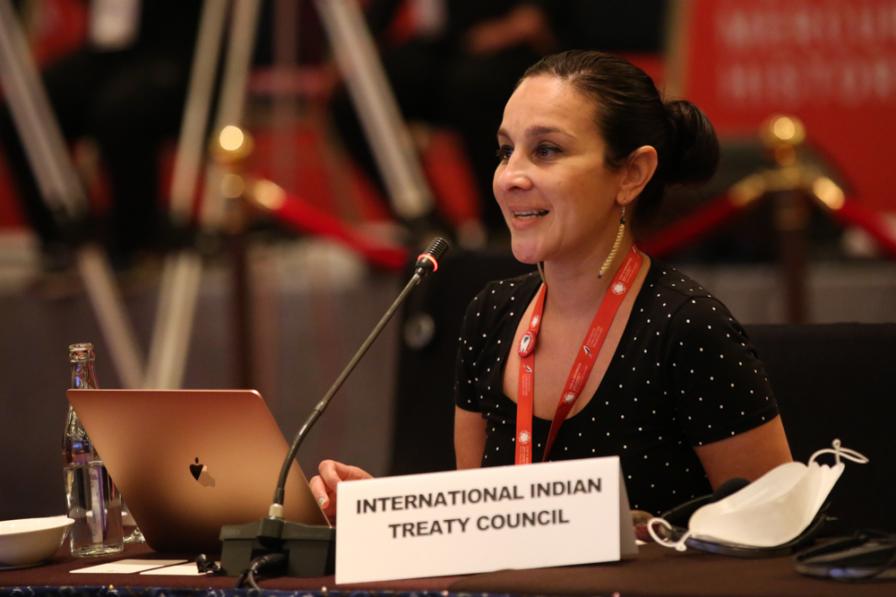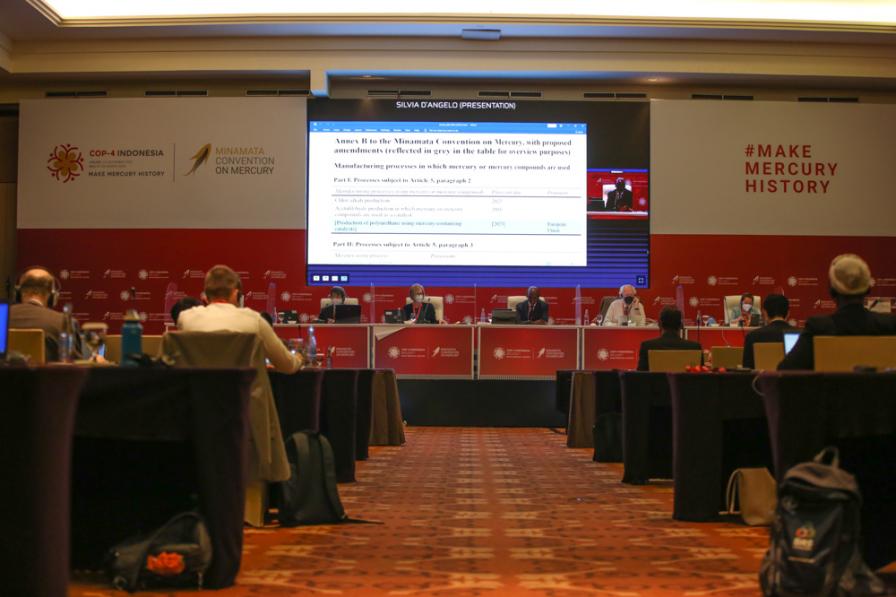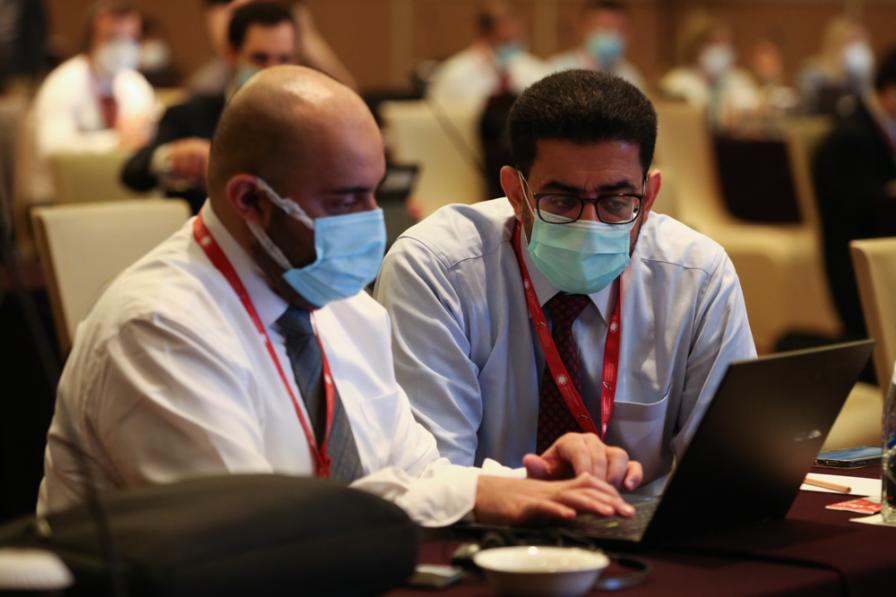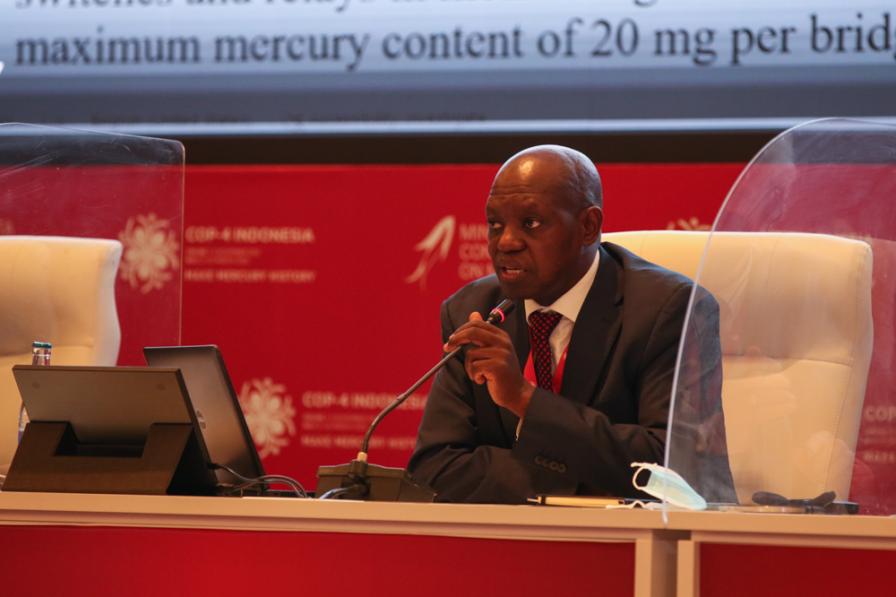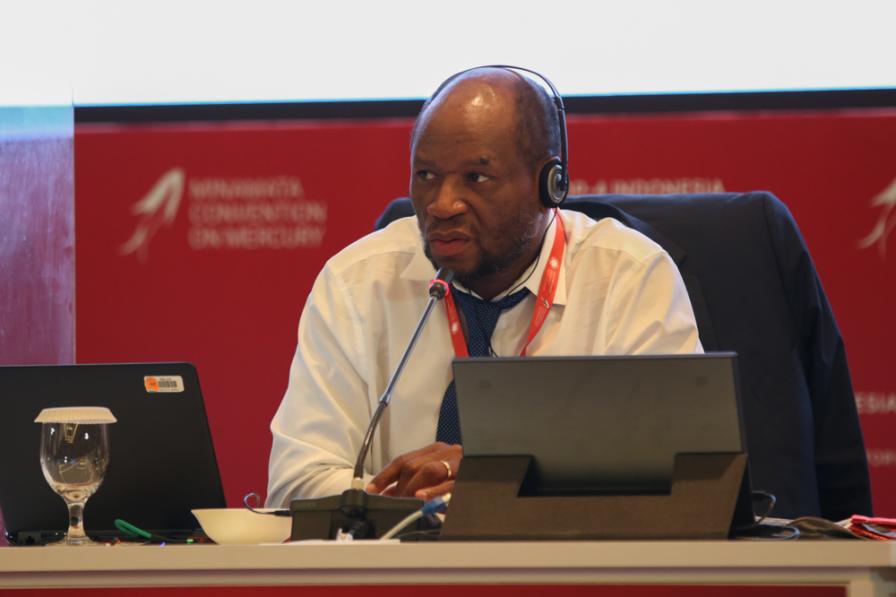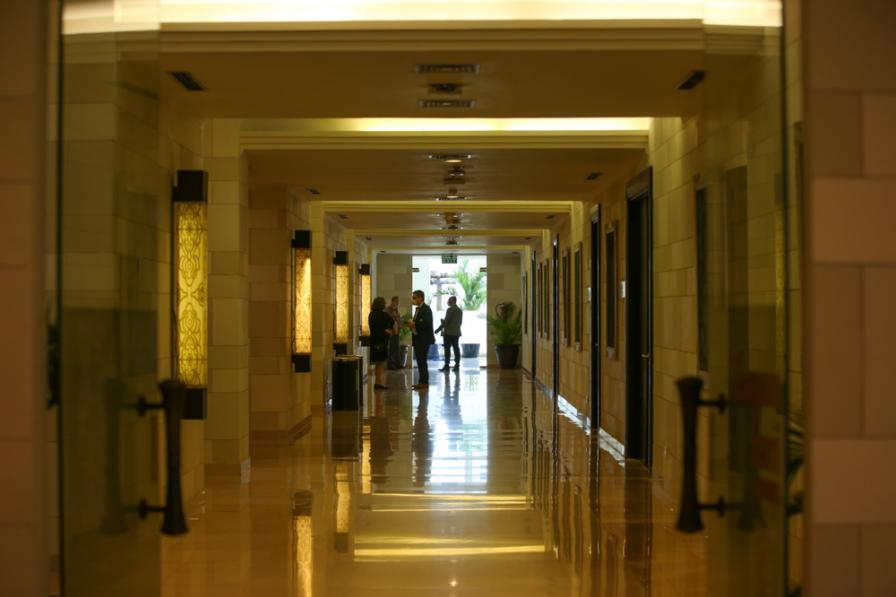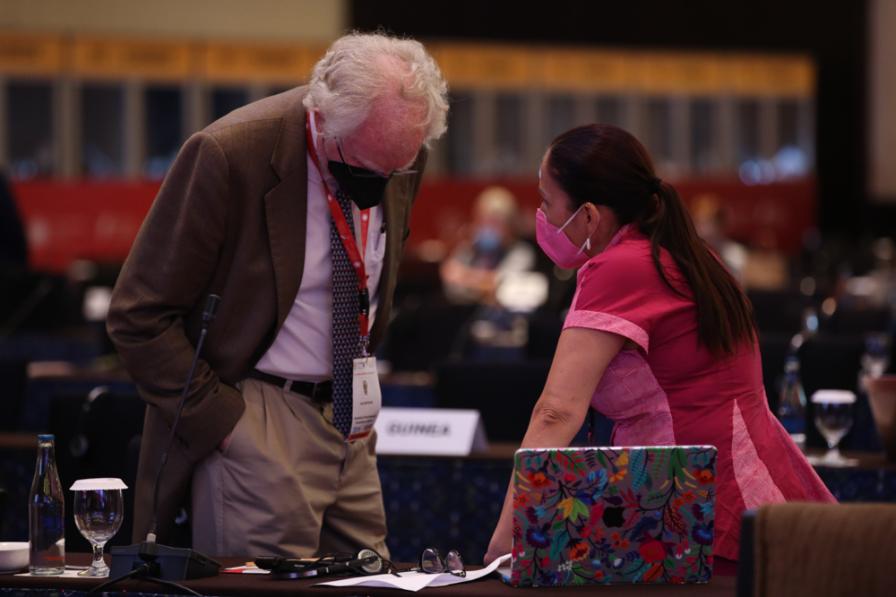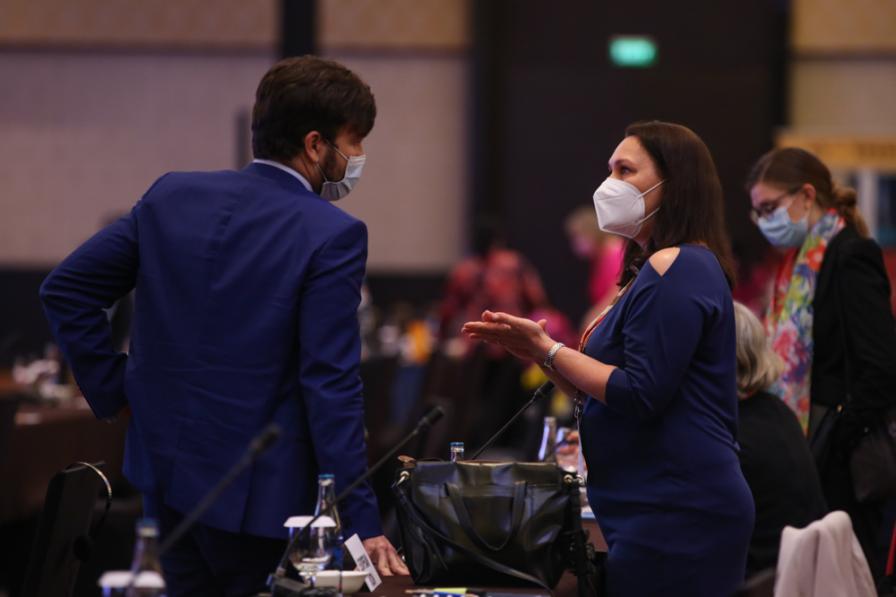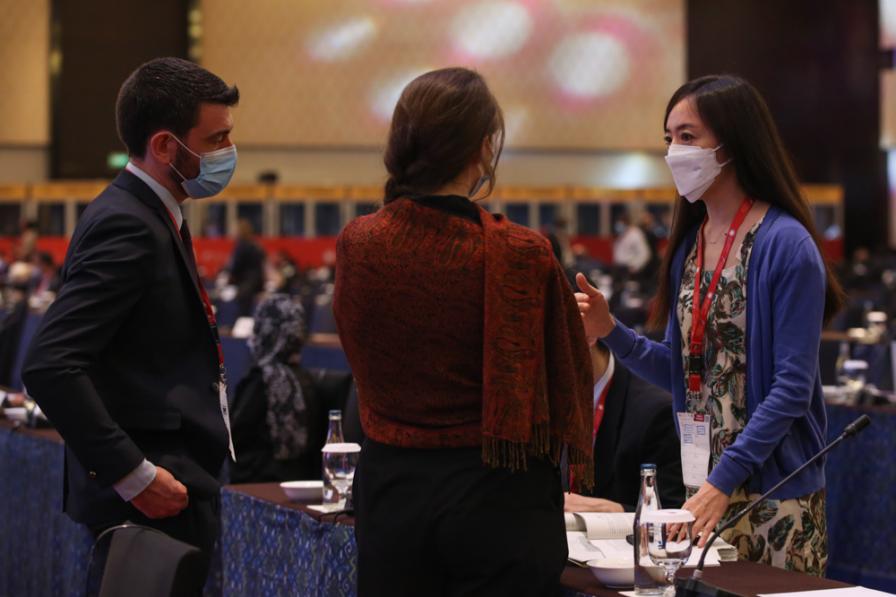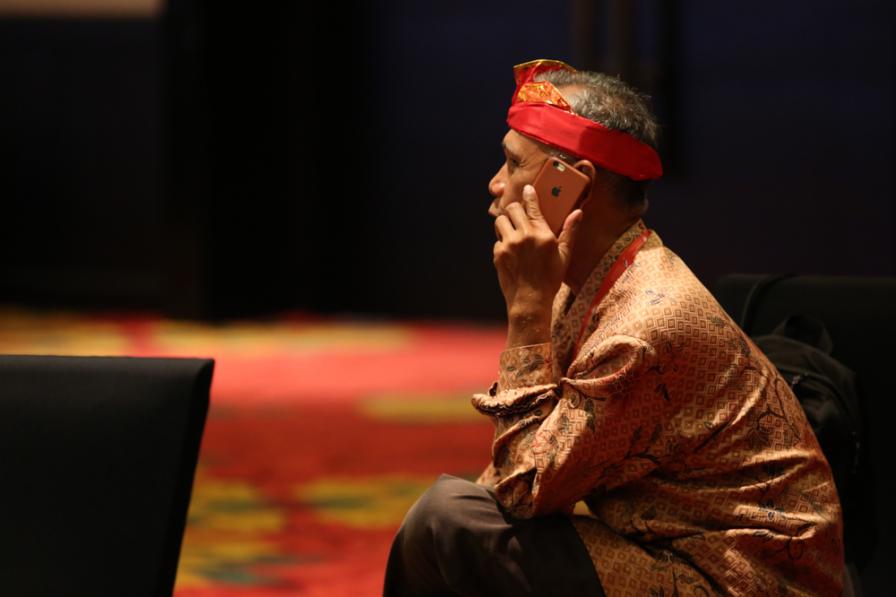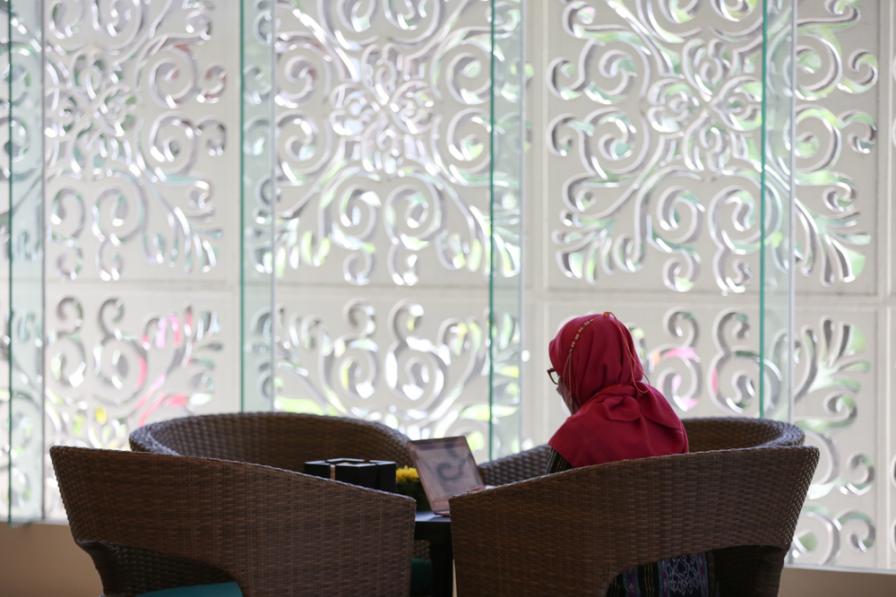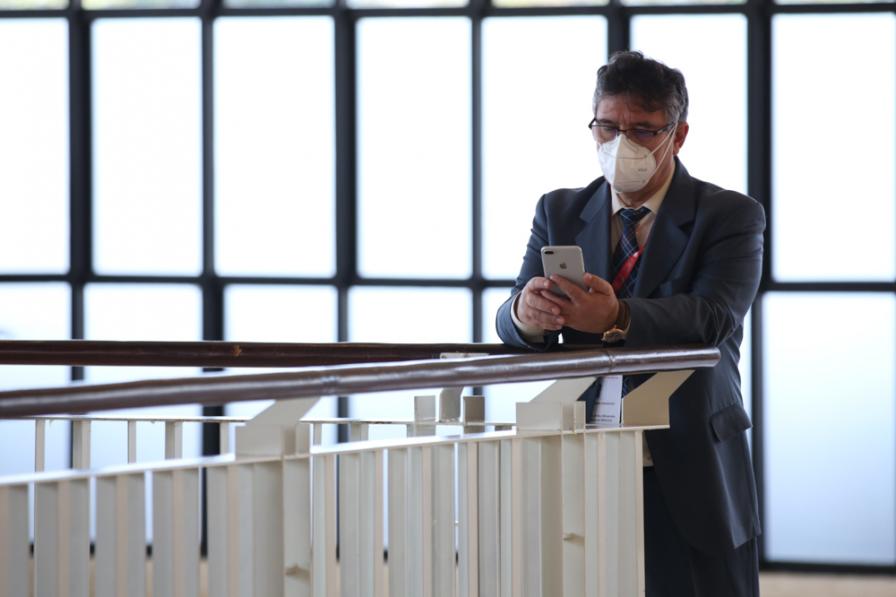In its second day, after progress reports from the contact groups, the COP-4.2 plenary devoted the morning session to national reporting and the Convention’s financial mechanism. The afternoon returned to technical matters, including updating guidance for national action plans on artisanal and small-scale gold mining (ASGM), guidance on customs codes to use for mercury-added products, guidance on preparing national inventories of mercury releases, and work on relevant threshold levels for wastes containing mercury.
To dive deeper, read the full Earth Negotiations Bulletin daily report.
Plenary
On national reporting, delegates applauded the high reporting rates and supported adopting the draft guidance. The Implementation and Compliance Committee (ICC) identified some challenges encountered on reporting mining, stocks and sources, and export consent, and offered its recommendations. The Secretariat was tasked with drafting a proposal for a decision on reporting, reflecting delegates’ observations.
The financial mechanism discussion tackled three elements: the role of the Global Environment Facility (GEF); the the Special International Programme on capacity building and technical assistance (SIP); and terms of reference (ToR) for the next review of the mechanism. Most delegates expressed satisfaction with GEF’s work on mercury and the greater attention the chemicals cluster is given in the next GEF replenishment. Others expressed concern that the SIP lacks sufficient funding, and called for more contributions. As for the second review, most supported the existing ToR proposal but the EU and US suggested tweaks, so the Secretariat was asked to offer a new proposal on Wednesday reflecting these changes.
Regarding customs codes, many delegations welcomed the adoption of eight to 10-digit codes, which countries can rapidly implement, to enable better tracking of mercury-containing products. The Philippines requested that work continue on the Harmonized System nomenclature, which requires coordination with the World Customs Organization, for products to be added to Annex A. Iran said the codes should be implemented on a voluntary basis.
On ASGM, many delegations supported adoption of the updated guidance and welcomed the incorporation of the World Health Organization's public health guidelines. Several suggested possible related follow-up work.
Regarding releases, most delegations supported adoption of the draft guidance on methodology for preparing national release inventories and the list of potentially relevant point sources, as well as mandating further expert group work on guidance for best environmental practices (BEP) and best available techniques (BAT). Japan and the US asked that adoption be delayed until later in the week to take into account discussions in the Contact Group on Annexes A and B. The Secretariat was asked to consult delegations about elements for a possible decision on the methodology guidance and the roadmap for work on BEP/BAT with a view to adopting it on Wednesday.
As for waste thresholds, delegates generally welcomed the two-tier approach suggested by the expert group for tailings from industrial-scale non-ferrous metal mining other than primary mercury mining. They diverged on how to handle thresholds for waste contaminated with mercury or mercury compounds. Several called for a contact group dedicated to this issue. President Ratnawati noted divergent views and said the COP will return to this issue later.
Contact Groups
During morning discussions by the Group on Annex A and B, delegates focused on how to reach consensus on standards and approaches to dental amalgam, differing as to “phasedown” or “phase out” options. The group resumed work in the evening.
In afternoon discussions by the Effectiveness Evaluation Group, delegates focused their attention on finalizing the ToR for the evaluation body. There was general consensus on maintaining gender and regional balance among the experts as well as observers from civil society, industry, and indigenous organizations, amongst others. The group resumed work in the evening to finalize its text.
To receive free coverage of global environmental events delivered to your inbox, subscribe to the ENB Update newsletter.
All ENB photos are free to use with attribution. For Minamata COP-4.2, please use: Photo by IISD/ENB Kiara Worth.

